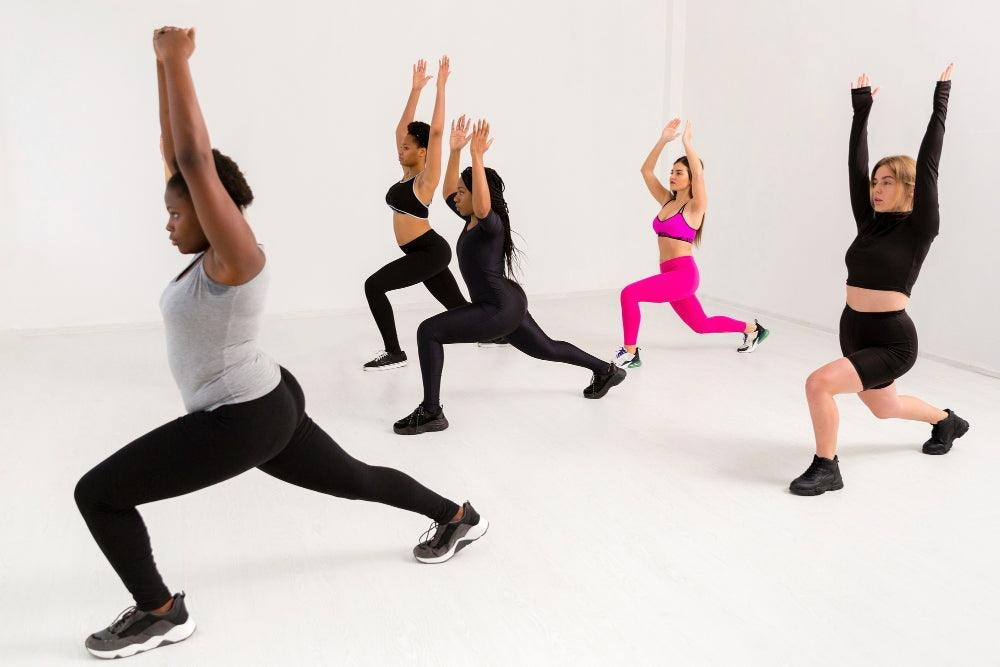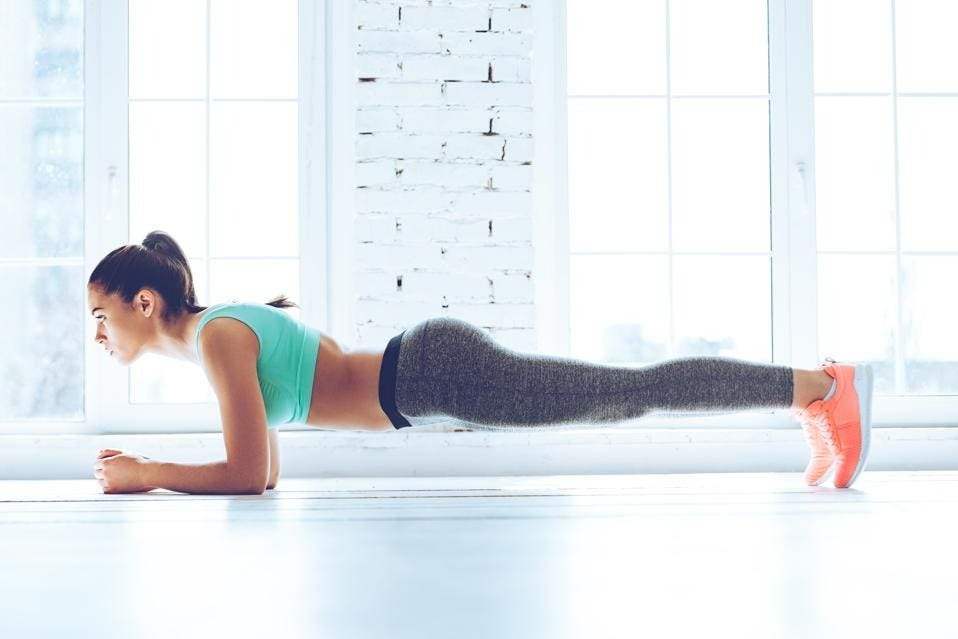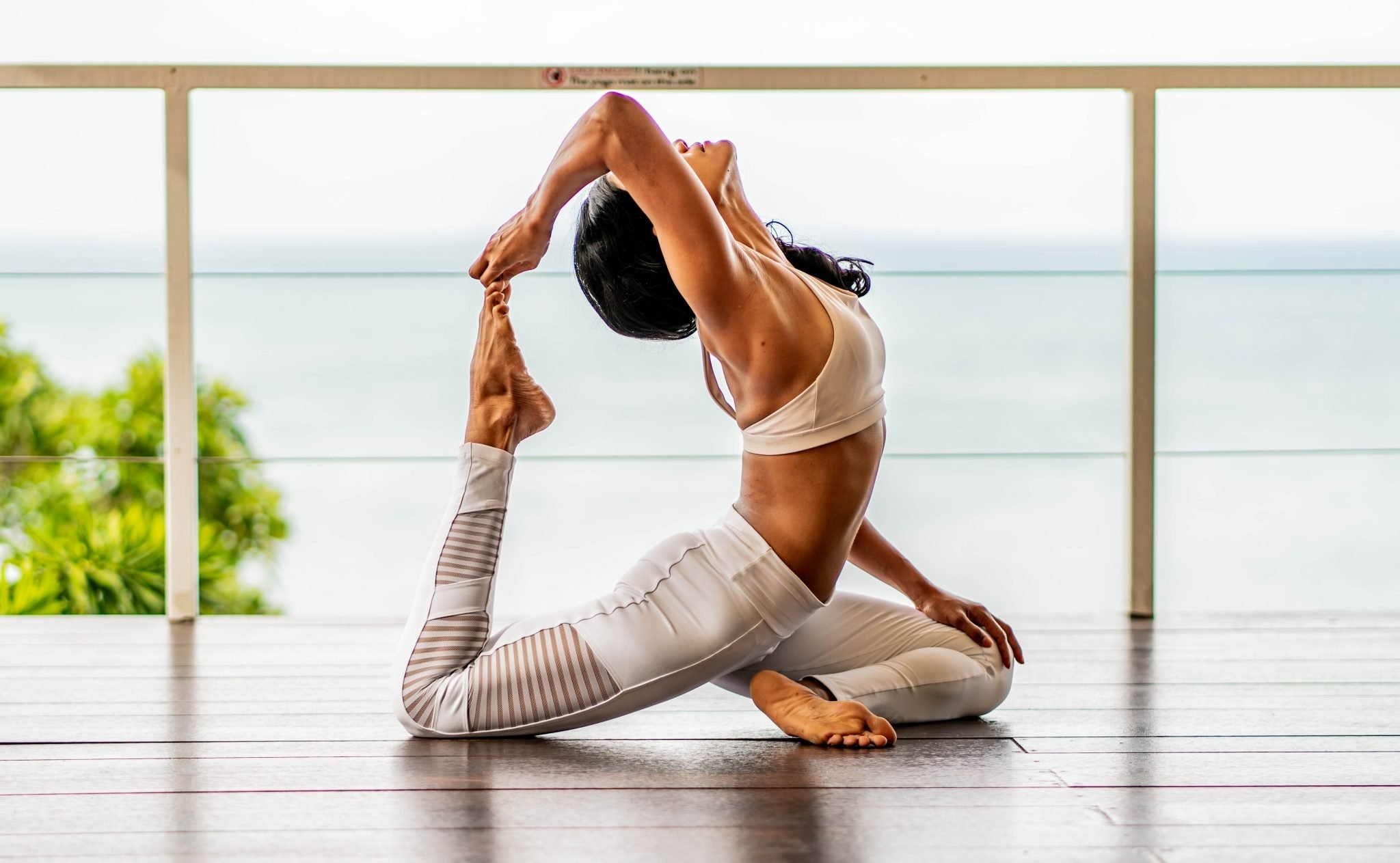
CMC Vellore’s Expert Guide: 5 Key Exercises to Prevent Heart Attacks & Strokes
In today’s fast-paced world, stress levels are high, and sedentary lifestyles are increasingly common. In this context, heart health has become a crucial public health concern. Dr. Sudhir Kumar of CMC Vellore emphasizes that a well-rounded exercise routine—combining aerobic, strength, isometric, and mind-body practices—can significantly lower the risk of heart attacks and strokes
Let’s dive into the five essential exercises that Dr. Kumar recommends, and why each matters for cardiovascular health.
-
Aerobic Activities (Cardio) 🏃♂️
Why it matters:
Aerobic exercises like brisk walking, jogging, swimming, or cycling are the foundation of heart health. They boost heart rate, improve circulation, lower blood pressure, and enhance cardiac efficiency . The American Heart Association recommends at least 150 minutes of moderate aerobic activity per week.
How to include it:
- Brisk walk for 30–45 minutes daily
- Go cycling or swimming 3–4 times a week
- Dance, jog, or even play tennis for variety

-
Resistance (Strength) Training 🏋️♀️
Why it matters:
Pairing cardio with strength training—using weights, bands, or body-weight—combats muscle loss, shifts fat to muscle ratio towards lean mass, and elevates good HDL cholesterol. Evidence suggests this combination has superior effects on heart health compared to cardio alone.
How to include it:
- Do 2–3 strength workouts weekly
- Mix free weights, machines, resistance bands, or body weight exercises (e.g., squats, push-ups)

-
Isometric Exercises (Planks, Wall Sits)
Why it matters:
Isometric moves involve sustaining tension in static positions, like planks or wall sits. These are particularly effective at reducing high blood pressure, a major risk factor for heart attacks and strokes.
Surprisingly, these low-movement activities can make a big difference.
How to include it:
- Perform planks and wall sits 3–4 times weekly
- Hold each position for 30–60 seconds, repeat 2–3 sets

-
Yoga
Why it matters:
Yoga blends movement, breathing, and mindfulness. It helps reduce stress, improve blood pressure, balance the nervous system, and promote overall cardiovascular well-being. It’s an essential non-strenuous practice that supports sustainable fitness growth.
How to include it:
- Practice yoga or Tai Chi for 20 minutes daily
- Incorporate stress-relieving poses like child’s pose, savasana, and breathing techniques

-
Flexibility and Mobility Work
Why it matters:
Stretching ensures muscles and joints remain agile, reducing injury risk, and supporting more effective cardio and strength workouts. Including daily flexibility routines enhances exercise performance and long-term health outcomes.
How to include it:
- Stretch major muscle groups daily or after workouts
- Add balance and mobility routines to your warm-up or cool-down
🧠 Why You Need a Balanced Exercise Routine?
Combining all five components creates a powerful synergy:
| Benefit | What It Supports |
| Cardio | Improved circulation, lung and heart performance |
| Strength | Muscle tone, metabolism, and cholesterol balance |
| Isometric | Blood pressure control |
| Yoga | Stress relief, nervous-system balance |
| Flexibility | Safe and effective movement |
Dr. Kumar emphasises that this integrated approach delivers more benefit than any single type of exercise.
🎯 How to Start & Stay Consistent
- Set realistic goals: Begin with smaller time blocks and slowly build up
- Schedule everything: Treat workouts like appointments
- Mix and match: Avoid monotony with varied exercise routines
- Track progress: Log sessions or use wearable devices
- Listen to your body: Modify intensity to prevent injuries
- Celebrate milestones: Reward yourself for consistency
💡 Bonus Benefits of a Holistic Exercise Plan
- Manages risk factors: Helps control blood pressure, cholesterol, and blood sugar
- Mental health boost: Reduces anxiety and improves mood
- Longevity and vitality: Supports longer life with better quality
- Community & accountability: Group classes foster discipline and engagement
✅ Final Takeaway
Dr. Sudhir Kumar’s simple yet comprehensive plan—spanning cardio, strength, isometric, yoga, and flexibility exercises—offers a clear roadmap for reducing heart attack and stroke risk. For optimal cardiovascular health, commit to daily movement across these five areas, and consult with a doctor before starting any new exercise program.
Source: https://www.msn.com/en-in/health/other/cmc-vellore-doctor-suggests-5-exercises-to-lower-risk-of-heart-attacks-and-strokes/ar-AA1H1pLp?ocid=hpmsn&cvid=23214d16432e469db6c55fbdfa09e41c&ei=48


